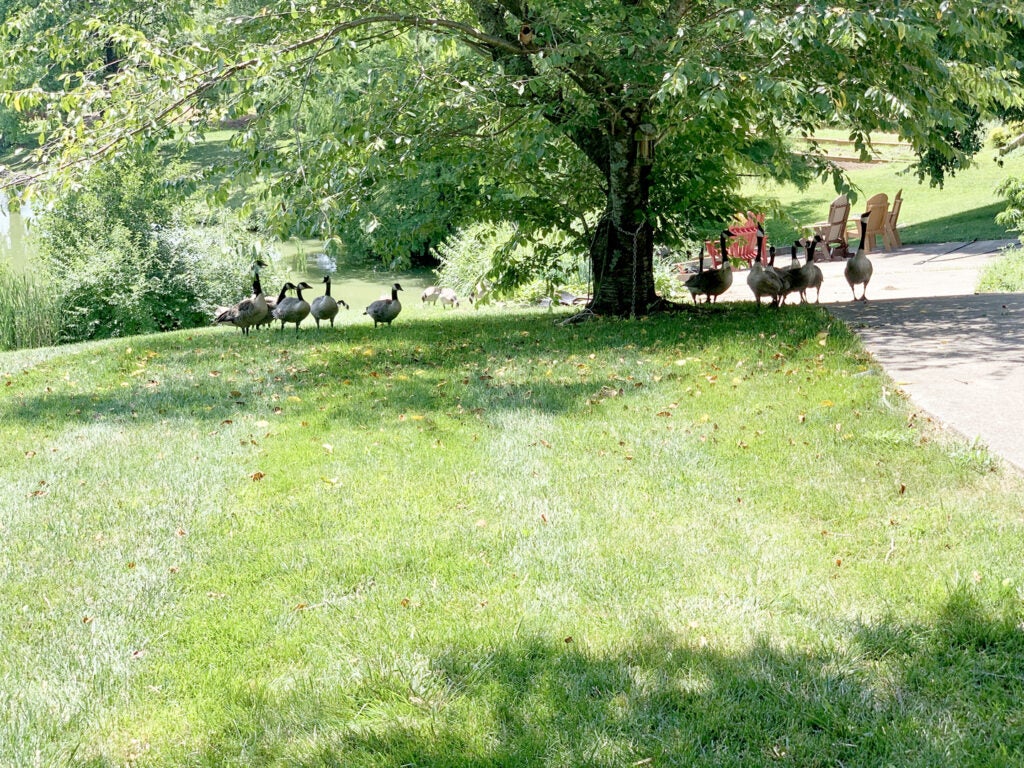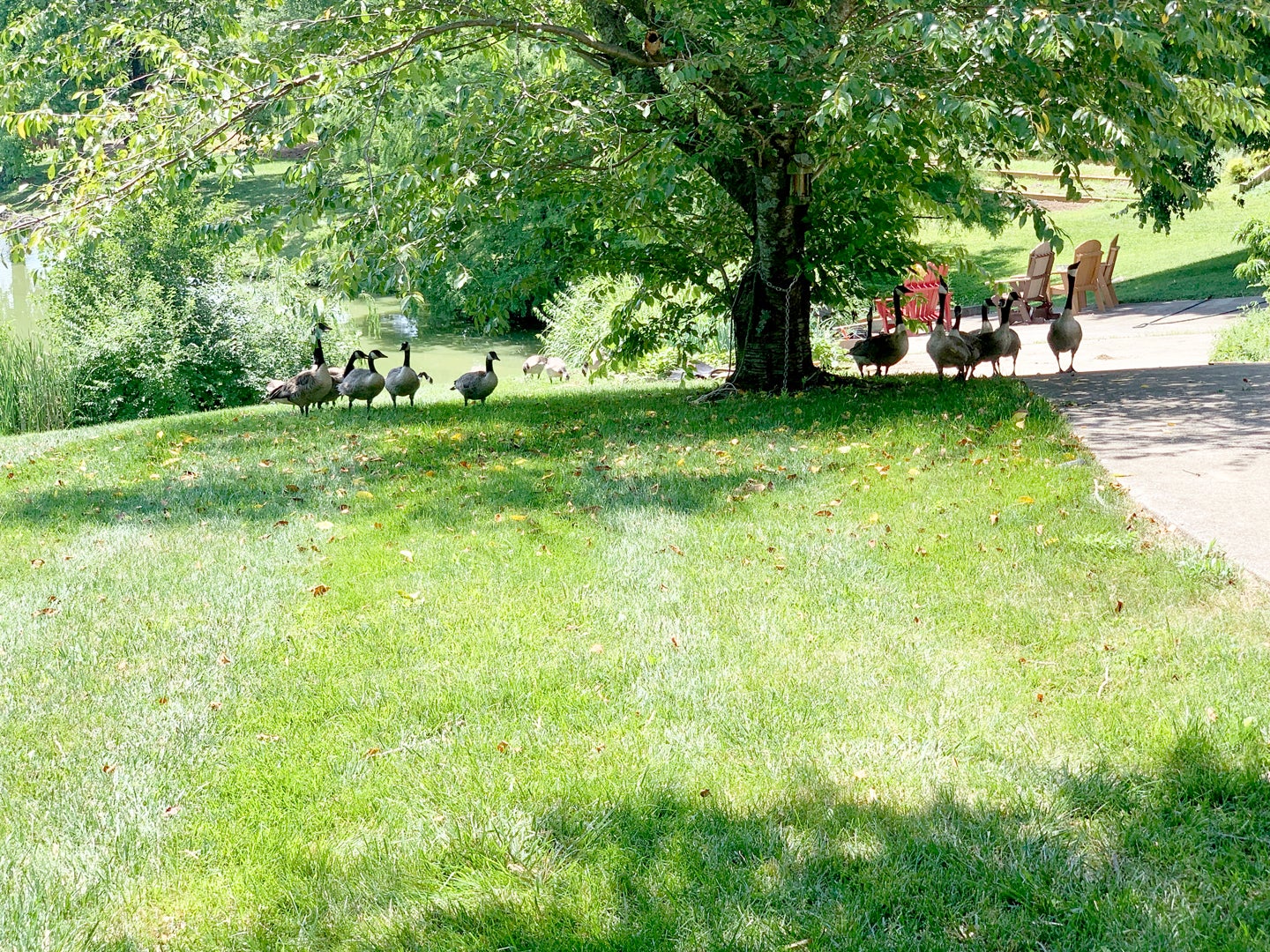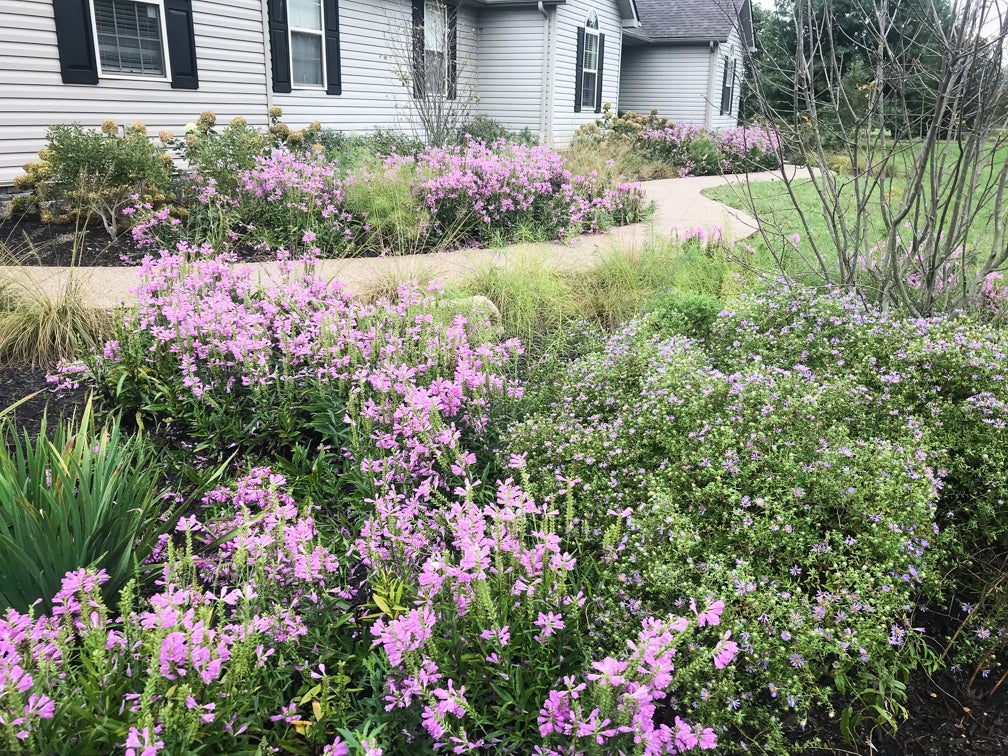When was the last time you actually used a paper map to find your way to an address? You may be dating yourself if you admit remembering when vehicle seat back pockets were filled with those impossible to fold relics.
Today, we rely on GPS apps to get us where we need to go. Canada geese, on the other hand, rely on neither yet manage to return to their same wintering ground and breeding area each year. How they navigate so precisely over such a far distance is a bit of a mystery to humans.
Since they bond for life, both male and female geese return to the same location to breed and their offspring hone into that same site for the next breeding season too. This is another one of nature’s wonders, but for humans, it complicates matters when it comes to controlling or lessening the affects of geese on properties.
The Canada Goose is protected by the Migratory Bird Treaty Act of 1918. The U.S. Fish and Wildlife Service explains that the “Migratory Bird Treaty Act prohibits the take (including killing, capture, selling, trading and transport) of protected migratory bird species without prior authorization by the Department of Interior U.S. Fish and Wildlife Service.”
Humans must learn to make the best of the yearly return and accommodate geese without necessarily encouraging them to encroach further into what we consider to be our outdoor living spaces.
If you have never dealt with geese issues, you may be asking, “what is the big deal?” Although they can be peaceful to watch and hear, Canada geese can be very aggressive during nesting periods. They will charge humans and pets, lunging and biting to protect their nearby eggs or young. This can be a little overwhelming in your own backyard or along a routine walking path.
Goose droppings are no fun either, and accumulate rather quickly with even a small group of geese. An adult Canada goose can produce 1 ½ to 2 pounds of droppings in a day! Droppings create an obnoxious walking hazard and an unpleasant smell. No one wants this unwelcoming gift deposited in their yard, much less on their patio or sidewalk.
Even more significant than the inconvenience, studies over the past few years have shown that Canada goose droppings can cause high bacteria levels in lakes and ponds, and in particular carry E-Coli. The U.S. Army Corps of Engineers has recently closed lake beaches in parts of the country, including Kentucky, due to the presence of E-Coli.
In most cases, the bacteria is believed to be caused by a high population of geese. In addition to E. Coli, geese are also found to potentially carry Salmonella, Histoplasmosis and Coccidia (primarily causing intestinal tract issues in dogs). Studies have shown that these bacteria can survive in goose droppings for several days, particularly when the weather is warm.
So, what do geese look for in a place to roam? They prefer spaces that are open with short grass coverage adjoining water. This is why golf course geese are so common. They look for short grass for an open line of sight and water for protection, as it is instinctual to protect them from potential predators. In addition, routinely mowed grass provides a good food source.
Creating a vegetative buffer incorporating plants that are stiff and tall is one way to detract geese from venturing further inland. Plant material that stretches above the line of sight for adult geese (at least 30 inches) and retains tall erect stems through winter seems to work best. Native grasses such as Switchgrass (Panicum virgatum), Little Bluestem (Schizachyrium scoparium) and Indiangrass (Sorghastrum nutans) are good options.
Perennials and shrubs also work well, but may have to be protected until established. Native plants that can tolerate wet soil are recommended, such as Buttonbush (Cephalanthus occidentalis), Bushy St. John’s Wort (Hypericum densiflorum), Virginia Sweetspire (Itea virginica), Swamp Sunflower (Helianthus angustifolius), Joe-Pye weed (Eupatorium maculatum), Penstemon (Penstemon digitalis), Black-Eyed Susan (Rudbeckia hirta), and Blue Flag Iris (Iris versicolor). For neighborhoods and golf courses, this can also result in reduced maintenance over the years, once it is established, as well as adds to beauty.
Ideally, a 10-to-20-foot-wide buffer should be created to provide the most consistent deterrence. Any areas that are retained as open should not be mowed to the water’s edge; it is more difficult for them to find fresh shoots in tall grass. Establishing trees in the area may discourage geese by making it more difficult for them to land and take off, but trees also provide them with the advantage of desirable shade.
In addition to a vegetative buffer, rock barriers provide a similar deterrence. Boulders that are at least 2-feet-tall and wide discourage geese from accessing areas beyond. Boulders are particularly beneficial when used in conjunction with plant material.
Another key to discouraging geese from moving further inland may seem obvious, but may need enforcing in your community — do not feed the geese! Not only does feeding encourage a higher population of geese to stay in one area, but it also enables them to spend more time creating additional nesting sites and mating. It also is unhealthy for geese to consume a diet high in carbohydrates, such as bread and crackers, because it fills them up and makes them uninterested in finding food that is more nutritious.
Carbohydrates also cause them to produce more droppings. Provide signs that clearly establish feeding is prohibited and explain why it is important to neighbors and other community members.
Creating a natural barrier and establishing protocols to deter the advancement of geese into your outdoor space takes time. Working in harmony with nature can be difficult, but typically the pros outweigh the cons in the long run.
Keep in mind that they see us as an inconvenience too.
Sources for the article include:
https://www.extension.purdue.edu/extmedia/FNR/FNR-FAQ-8-W.pdf











